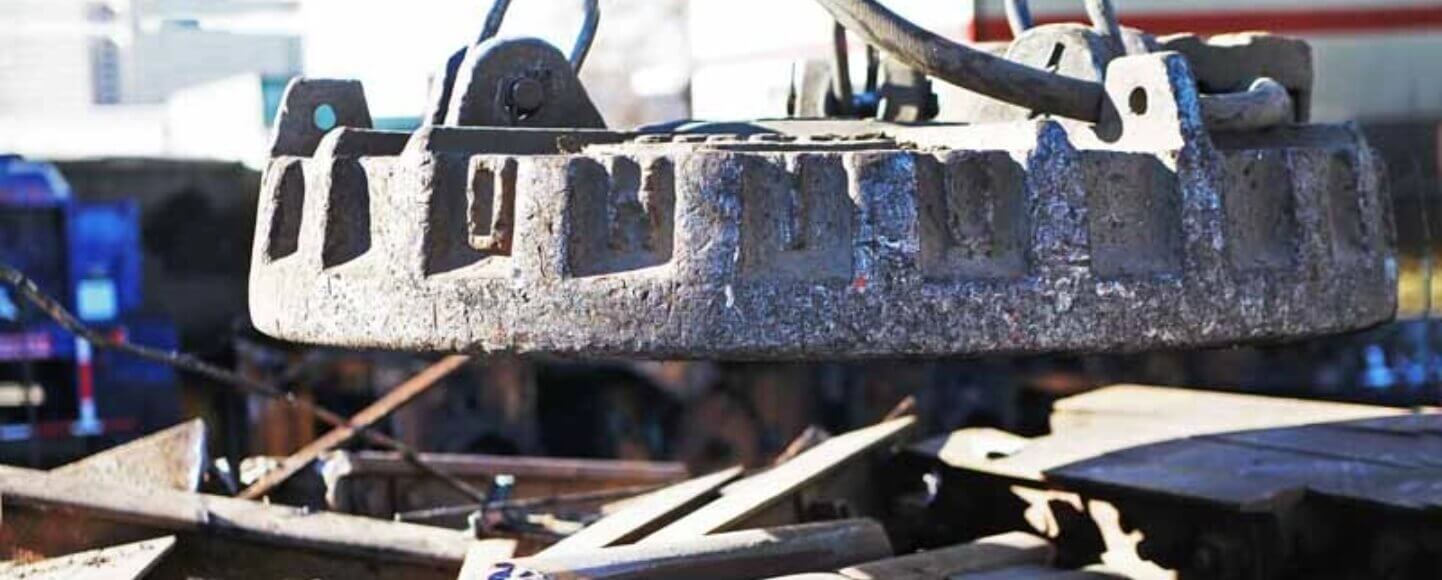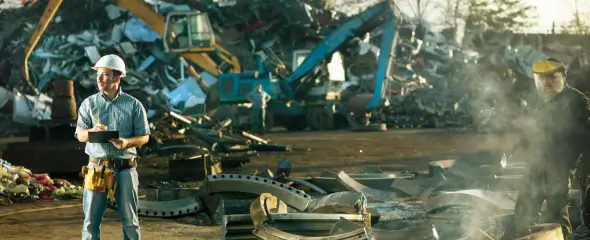
Before understanding the implementation of aluminum and steel tariffs, it’s important to learn more about the metals’ demand. Nearly all businesses and consumers in the United States rely on metals for a variety of applications. Take home refrigerators as an example; these products wouldn’t be what they are without the existence of metals. This also means that automobiles can’t be manufactured without these materials.
Without the importation of aluminum and steel, the American economy simply wouldn’t function. In fact, approximately one-third of the 100 million tons of steel used in the U.S. are imports. Nearly two-thirds of aluminum utilized in the country is a result of imports as well.
Countless industries rely on the importation of steel and aluminum to do business. The U.S. government’s 2018 decision to implement aluminum and steel tariffs is greatly benefiting some segments of the US economy, such as domestic Steel & Aluminum Mills, but tariffs also have detrimental effect on some industries and the overall American economy and in particular the Ferrous & Nonferrous scrap metal industry. Below are some of the key reasons, including the tariffs, why the value of scrap metal in particular Aluminum & Iron & Steel, have dropped since May of 2018:
Strong US Economy
While it may seem odd that the current strength of the US economy would negatively influence the value of scrap metal–that has been the case dating back to early 2018. The US economy’s record low unemployment, sparking home improvement projects in tandem with the general expansion of the economy in the construction, demolition, building & manufacturing sectors, has resulted in generating large amounts of scrap metal. The above referenced Mills rely on scrap metal as percentage of the raw material needed to smelt Aluminum or Steel to create new products. There exists an over-supply of scrap metal and it exceeds demand from the Steel & Aluminum Mills & Smelters. Since the manufacturers of new Aluminum & Steel products have more scrap material than they need, that creates an economic condition in which demand is low thereby driving down the price of scrap Aluminum & Steel.
China Demand
China has been the world’s biggest importer of waste, including scrap metal, for many years. China imported paper, cardboard, plastic, and scrap metal from around the world and processed these materials for repurposing the new products they produce for export. However, the implementation of their January 2018 National Sword & Green Fence initiative–designed to help clean their environment, set a tougher standard for contamination levels in accepted recyclables & has resulted in significantly reducing the rate at which these materials are imported & in many cases eliminated entire categories of recyclables previously accepted. This initiative has created significant impact on the US & global metal recycling industry, and in particular the US Aluminum, Steel & Copper scrap business.
For example, for many years, most end-of-life automobiles in the United States were shredded and the resulting Aluminum portion of the shred product (called “Zorba”), was sold to China where it was further sorted to remove any non-metallic contaminants & the various types of metal in the shred, such as Cast Aluminum, Aluminum Extrusions, Stainless Steel and red metals not previously sorted-out in the US, such as Copper, Brass & insulated copper wire.
Since the goal of China was to reduce the amount of waste & contamination it received for recycling, materials like Zorba were banned. This caused an immediate loss in value for scrap Aluminum in the US. Those countries competing with China to buy Zorba, could now lower their prices paid for Aluminum shred, due to lack of competition, and the demand for the shred shrunk because most countries other than China did not have the extensive infrastructure, personnel or capacity to sort & refine (melt) the metals & produce new products. The resulting lower demand for Zorba, caused the US shred industry to drop their prices to the scrap dealers selling them scrap vehicles & loose Aluminum scrap, which in turn, caused the scrap dealers like H&C Metals to pay its customers lower prices for the same materials.
China’s new standards also impacted the value of scrap metal commodities such as scrap Copper Electric Motors in the United States. Prior to the new contamination standards established, China was the largest buyer of Motors in the global metal recycling market. The new standards eliminated China as a “home” for contaminated Copper (electric motors) & caused the demand for scrap motors to plummet, and the same aforementioned conditions impacting Zorba, caused the value of scrap motors to drop at US based scrap yards such as H&C Metals.
Tariffs
In addition to the scrap metal industry trying to adjust to the realities of the Iron Sword initiative, another globally oriented issue in 2018 brought complications to metal recycling: the multi-billion dollar tariff battle being waged between the U.S. and longtime partners, most notably China.
US tariffs, levied at 25 percent on steel and 10 percent on aluminum, took effect March 23, 2018. Soon after the U.S. duties were in place, China responded with tariffs of its own, including a 25 percent tariff on scrap aluminum. China is the largest consumer of scrap metal commodities in the world. So when China slapped retaliatory tariffs on aluminum waste and scrap, US recycling operations found themselves on the front lines of the trade war. Contractors who generate scrap metal from commercial & residential projects as well as consumers who haul junk metal out of basements, backyards and garages to scrap dealers like H&C Metals–delivering scrap to us to earn some cash by scrapping, have experienced less money in return for their scrap, since the inception of the tariffs. China went a step farther, placing 25 percent tariffs on $16 billion of U.S. products – including all scrap commodities, such as copper, nickel and stainless steel. American-made goods typically become more expensive overseas when retaliatory tariffs are imposed by China and other countries on U.S. exports. Scrap prices have dropped in the United States partially because supply here has increased due to the strong domestic economy & since the giant scrap market in China has shrunk. As tariffs have impacted foreign consumption of our exports, we now have an oversupply domestically of steel, aluminum and stainless scrap. Since scrap buyers in China hesitate to pay the extra 25 percent charge, they try to buy material from scrap dealers in other countries, which has resulted in US recyclers losing that business. Currently, industry experts say no other country or group of countries can pick up that slack from China.
Choosing the Right Scrap Metal Recycling Partner
If your business is affected by the above referenced economic conditions & tariffs impacting the value of scrap, having a B2B relationship with a trusted scrap metal recycling partner can help minimize the reduced value of recyclable metals. H&C Metals is committed to finding & selling its scrap to the highest domestic & export bidders which in turn means we can offer competitive prices for our scrap to meet our customers’ expectations. To learn more about our expertise and experience in scrap metal recycling, feel free to reach out to us today. Get in touch with our scrap metal buyers by calling +(973) 937-8917 or using this online contact form.


